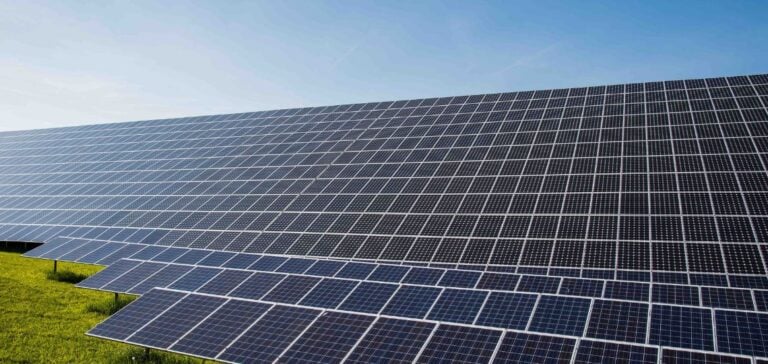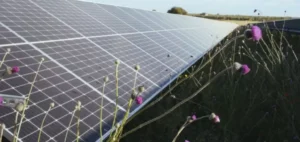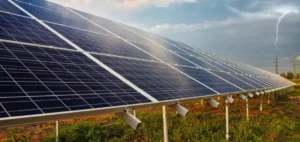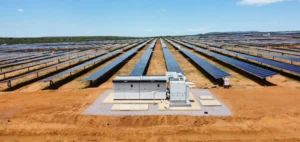INEOS Olefins & Polymers USA and NextEra Energy Resources have announced the start of construction on the INEOS Hickerson solar project, a 310-megawatt power plant in Bosque County, Texas. Scheduled to go into commercial operation by December 2025, the project will cover all the electricity purchased forINEOS O&P USA’s 14 production sites in the United States. Texas is accelerating its solar energy development, as evidenced by the completion of two major solar projects by Monarch and Elawan.
Objectives and Impact
The INEOS Hickerson Solar project will generate 730,000 megawatt-hours of energy annually, equivalent to the consumption of more than 68,000 American homes. This production will reduce greenhouse gas emissions by 310,000 tonnes per year, contributing to INEOS O&P USA’s sustainability objectives.
Partnership with NextEra Energy Resources
The plant will be built, owned and operated by a subsidiary of NextEra Energy Resources, a world leader in renewable energy production. This strategic partnership builds on a recently signed renewable energy purchase agreement, underlining both companies’ commitment to promoting renewable energy in the industrial sector.
Prospects and challenges
This project marks an important step in INEOS’ strategy to integrate more renewable energy sources into its operations. The challenges involved in implementing such infrastructures include managing costs, coordinating logistics and guaranteeing operational efficiency. However, the success of this project could serve as a model for other similar initiatives in the energy sector.
The INEOS Hickerson solar project represents a significant step forward for INEOS and NextEra Energy Resources, illustrating a concrete commitment to optimizing energy sources in industrial processes. This initiative could stimulate similar projects, reinforcing the energy transition in industry.






















